Related products
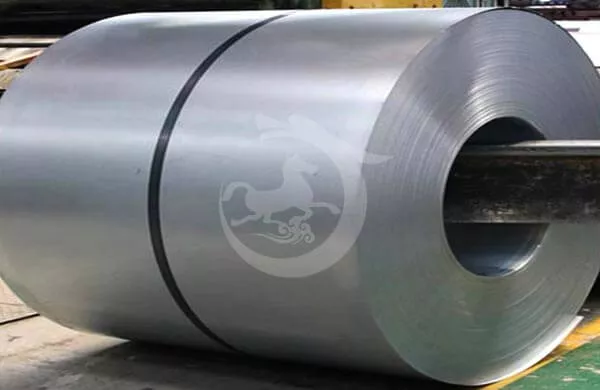
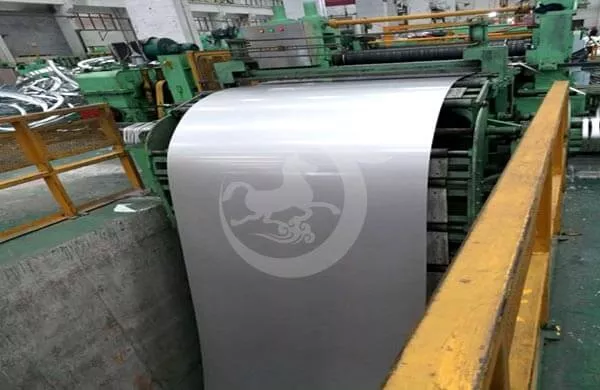

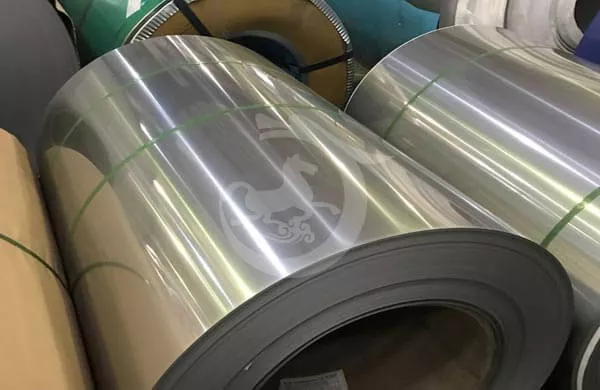

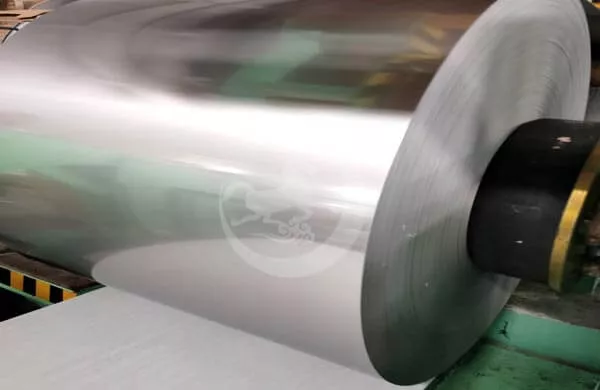
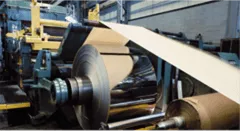

live a message
Alloy 316/316L is molybdenum-bearing austenitic stainless steel. The higher nickel and molybdenum content in this grade allows it to demonstrate better overall corrosion resistant properties than 304, especially with regard to pitting and crevice corrosion in chloride environments.
and molybdenum content.2、 Subject to pitting and crevice corrosion in warm chloride environments, and to stress corrosion cracking above about 122°F (50°C).3、Considered resistant to potable water with up to about 1000mg/L chlorides at ambient temperatures, reducing to about 500mg/L at 140°F (60°C). 4、 Usually regarded as the "marine grade stainless steel" – but is not resistant to warm sea water.
Stainless Steel Coil/Sheet/Plate Information | |||||||||
| Surface Finish | Grade Series | Thickness(mm) | Width(mm) | |||||
Main Dimension | |||||||||
20-850 | 1000 | 1219 | 1240 | 1250 | 1500 | ||||
Hot Rolled | No.1 / 2E | 201/304/316L | 2.2-12.0 | √ | √ | √ | √ | √ | |
Cold Rolled | 2B | 201/304/316L | 0.25-3.0 | √ | √ | √ | √ | √ | √ |
410S/430 | 410S/430 | 0.25-3.0 | √ | √ | √ | √ | |||
No.4 /Hairline Mirror / Linen SB | 201/304/316L | 0.22-3.0 | √ | √ | √ | √ | √ | √ | |
410S/430 | 410S/430 | 0.25-3.0 | √ | √ | √ | √ | √ | ||
BA | 201/304 | 0.2--1.8 | √ | √ | √ | √ | √ | √ | |
410S/430 | 410S/430 | 0.25-3.0 | √ | √ | √ | ||||
2BA | 304/410S/430 | 0.25-2.0 | √ | √ | √ | √ | |||
If you need, we can customize the size according to your requirements | |||||||||
Chemical composition and mechanical properties of stainless steel coils | |||||||||
Grade | Chemical Composition (%) | Mechanical Performance | |||||||
C | Si | Mn | P | S | Ni | Cr | Mo | Hardness | |
201 | ≤0.15 | ≤1.00 | 5.5/7.5 | ≤0.060 | ≤0.03 | 3.5/5.5 | 16.0/18.0 | - | HB≤241,HRB≤100, HV≤240 |
304 | ≤0.08 | ≤1.00 | ≤2.00 | ≤0.045 | ≤0.03 | 8.0/11.0 | 18.0/20.0 | - | HB≤187,HRB≤90,HV≤200 |
316 | ≤0.08 | ≤1.00 | ≤2.00 | ≤0.045 | ≤0.03 | 10.0/14.0 | 16.0/18.0 | 2.0/3.0 | HB≤187,HRB≤90,HV≤200 |
316L | ≤0.03 | ≤1.00 | ≤2.00 | ≤0.045 | ≤0.03 | 10.0/14.0 | 16.0/18.0 | 2.0/3.0 | HB≤187,HRB≤90,HV≤200 |
410 | ≤0.15 | ≤1.00 | ≤1.25 | ≤0.060 | ≤0.03 | ≤0.060 | 11.5/13.5 | - | HB≤183, HRB≤88 HV≤200 |
430 | ≤0.12 | ≤1.00 | ≤1.25 | ≤0.040 | ≤0.03 | - | 16.0/18.0 | - | HB≤183, HRB≤88 HV≤200 |
| Grade | Ni | Mn | P | C | S | Si | Cr | Mo | N | |
| 316 | min. | 10 | – | – | – | – | – | 16 | 2 | – |
| max. | 14 | 2 | 0.045 | 0.08 | 0.03 | 0.75 | 18 | 3 | 0.1 | |
| Mechanical Properties of 316 Stainless Steel Coil | |||
| 0.2% Offset Yield Strength, ksi | Ultimate Tensile Strength, ksi | Elongation in 2 inches, % | Hardness, Rockwell B |
| 25 min | 70 min | 40 min | 95 max |

We are happy to answer any questions you have regarding our product lines and services. Please tell us a little more about yourself and we will have someone contact you as soon as possible.
Speak to a Steel Expert

Behind the growth and success ofuaima Steel is years of hard work and dedication in the steel industry and meeting customers' needs on time. Advanced technology, standard products, certified quality standards and the best customer service make l is years of hard work and dedication in the steel industry and meeting customers' needs on time. Advanced technology, standard products, certified quality standards and the best customer service make Kuaima Steel a true leader in zhe global marker
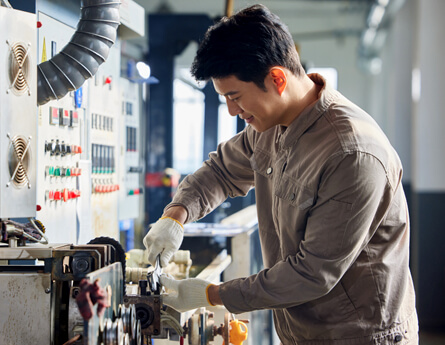

quality & experience
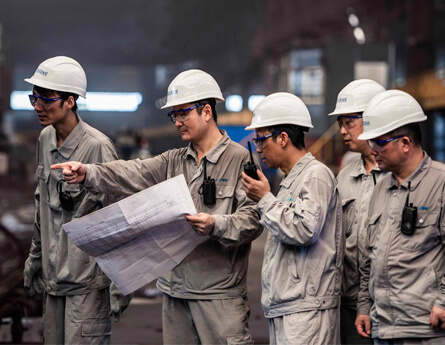

Technology & Innovation


Team & Quality


Service & Support
| stainless steel 304 coil | stainless steel coil factory |
| stainless steel 304 coil prices | stainless steel coil for sale |
| stainless steel 316l coils | 50 stainless steel coil |
| stainless steel 409 coils manufacturer | buy stainless steel coil |
| cold rolled stainless steel coil | china stainless steel coil |
| cold rolled stainless steel sheet in coil | coil of stainless steel |
Every industry has its unique set of material specifications and needs. That’s why you can count on the exceptional experience and industry knowledge of the professionals at Kuaima Steel - Meeting the Exact Needs of Every Industry That Uses steel.
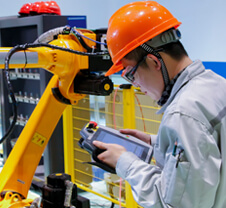


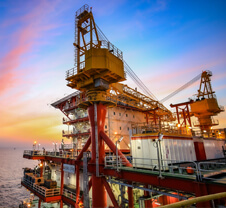



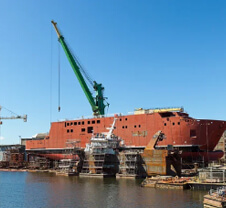


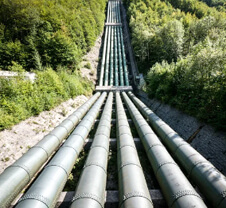

We are a well known worldwide exporter of Stainless Steel Coils , Ireland, Portugal, Gambia, Thailand, Ukraine, United Kingdom, Netherlands, South Africa, Spain, Turkey, Italy, Libya, Romania, Puerto Rico, Azerbaijan, United Arab Emirates, Pakistan, Philippines, Ghana, Slovakia, Germany, Saudi Arabia, Afghanistan, China, Bolivia, Switzerland, Bangladesh, Taiwan, Oman, Egypt, Greece, Norway, Singapore, Bulgaria, Estonia, Belgium, Yemen, Hong Kong, Ecuador, Sri Lanka, Nepal, Belarus, Finland, Gabon, Iran, Canada, Argentina, Lebanon.


 WeChat
WeChat